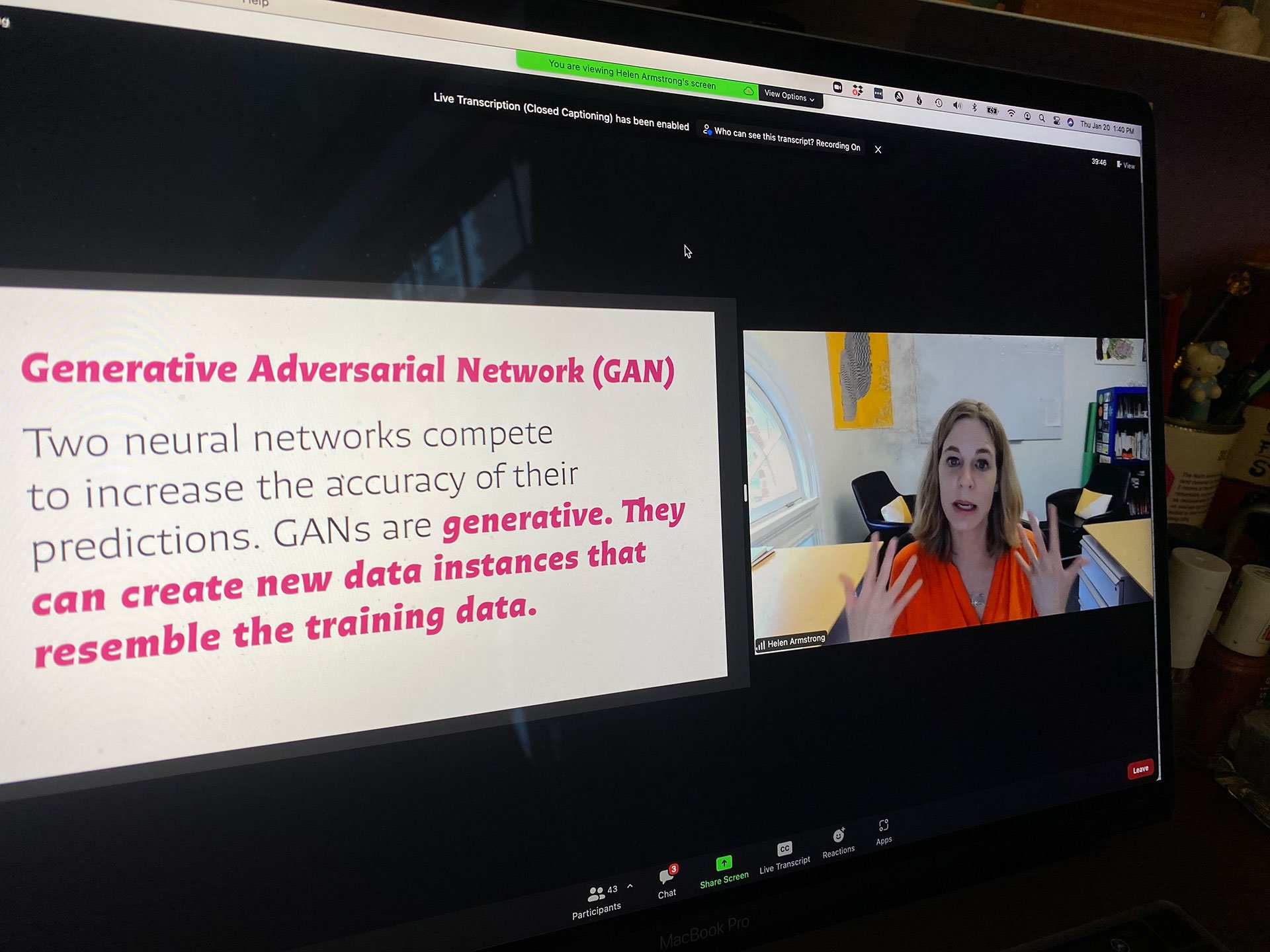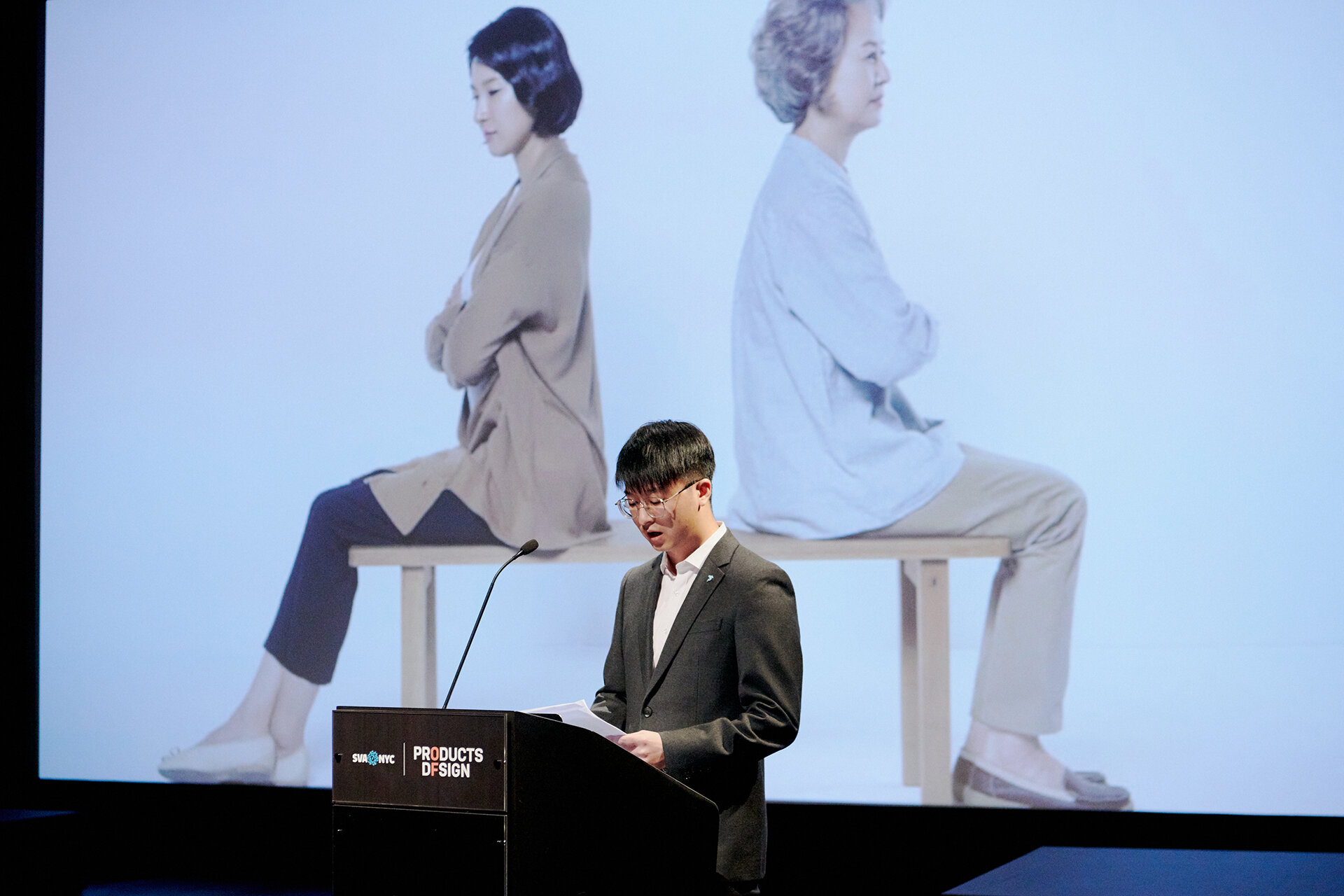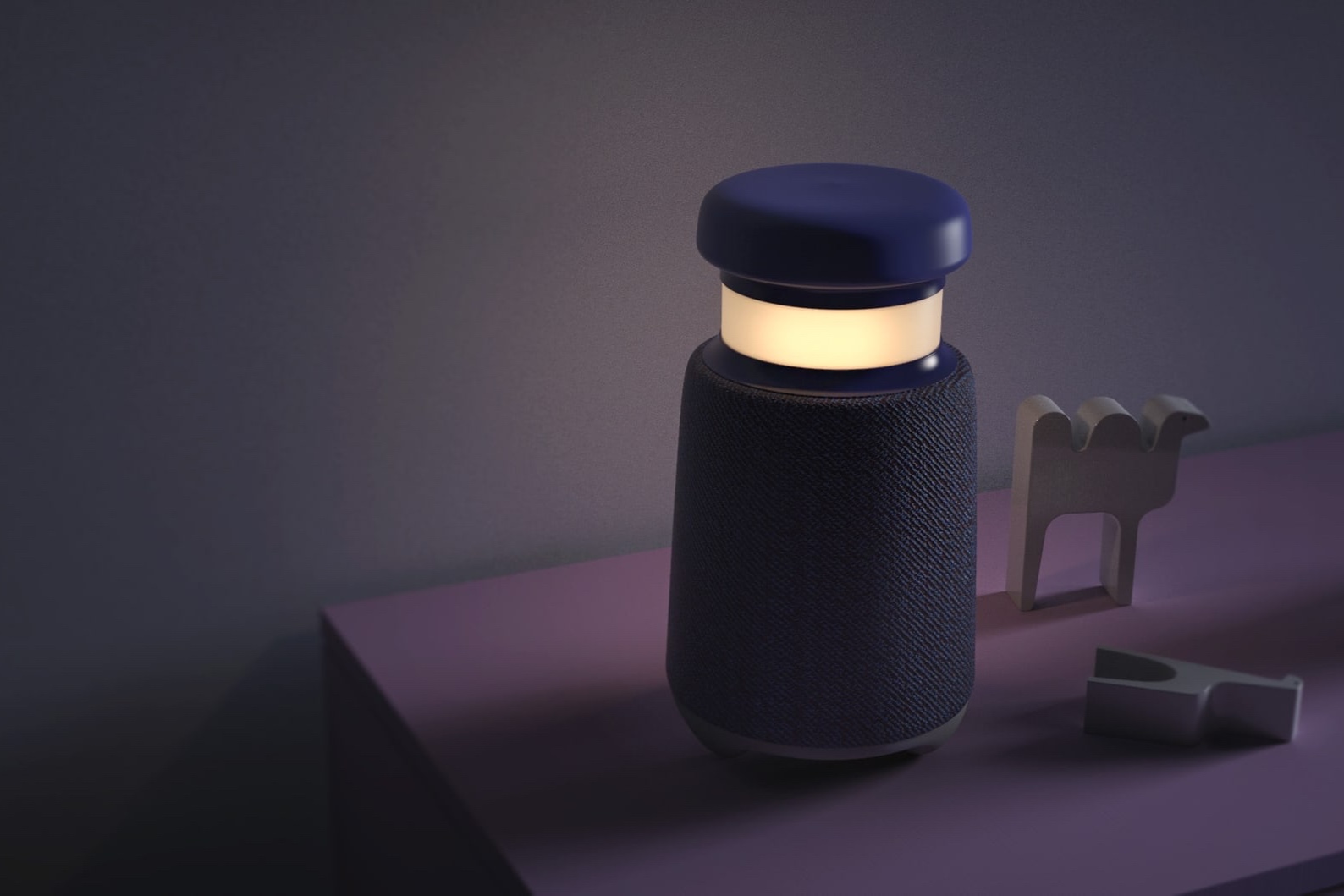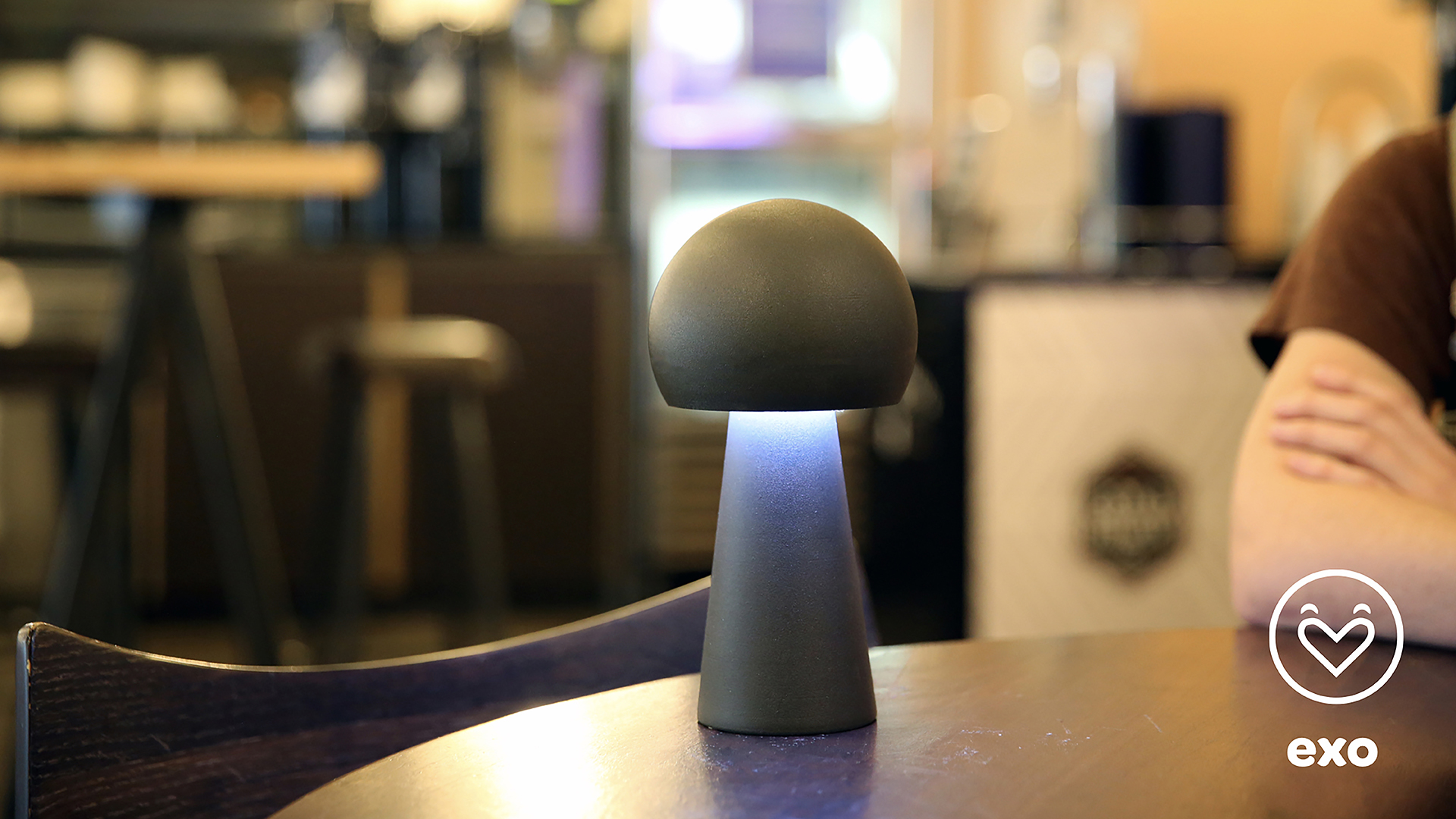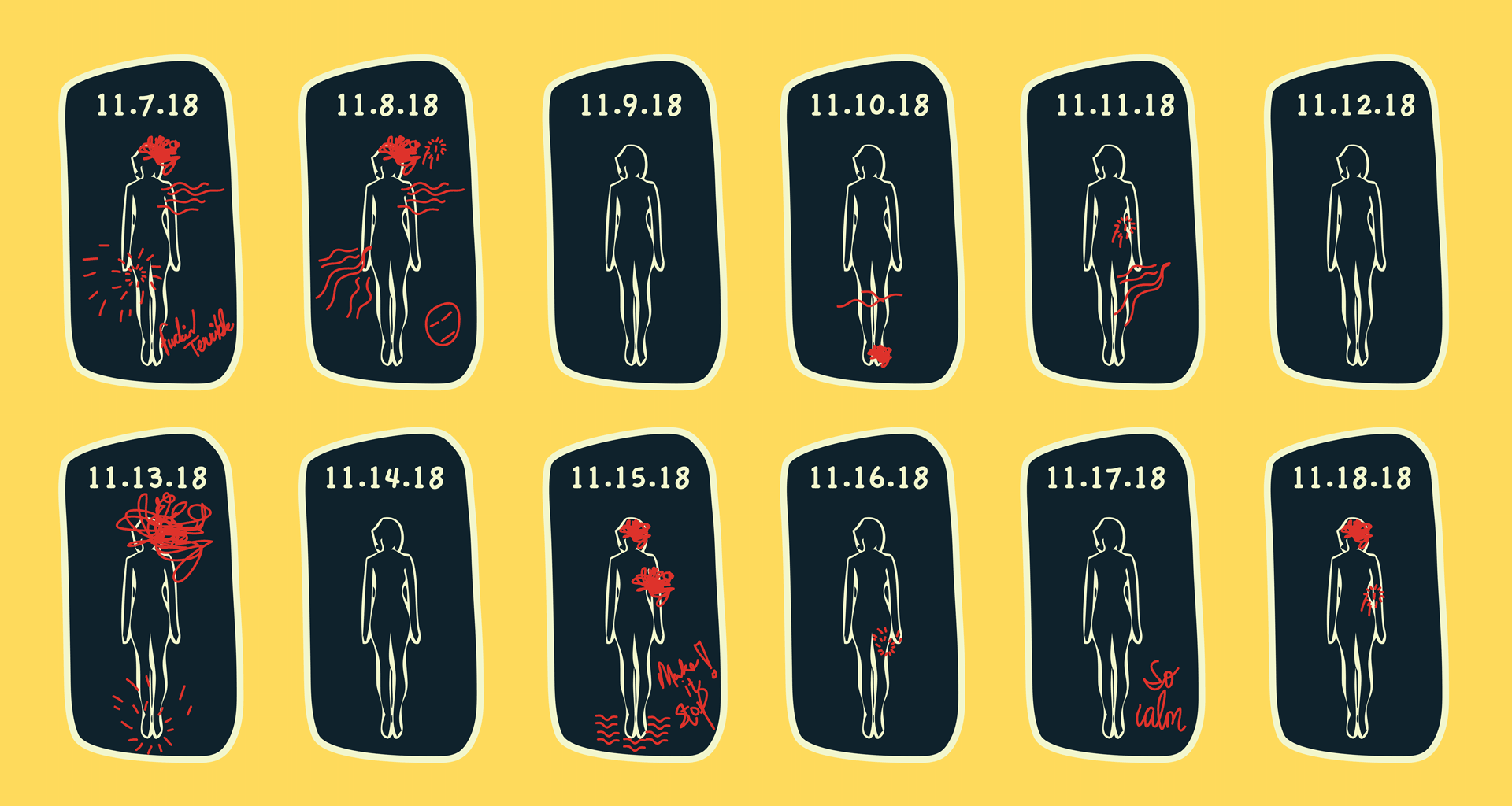What is an Interaction Designer?
At MFA Product Design, students receive a multidisciplinary education that covers the core concepts of interaction design. Our instructors, some of which are graduates of interaction design master’s programs, prepare students to excel in a world that relies on collaborative minds. By focusing on several design areas, graduates prepare to take on careers in diverse industries.
The interactive design graduate courses we offer will stretch your practical thinking skills. Classes are taught by experienced instructors from our campus location and nearby studios within New York City, including Frog Design, IDEO, Material ConneXion, and Atlason studios.
More Than Master's Classes in Interaction Design
At MFA Product Design, students take classes relating to multiple design disciplines. Designers no longer have to choose a specific field of study to move through a postgraduate program. While traditional interaction design master’s programs prepare students for a future in interaction design, our master’s program will provide the knowledge needs for a career in interaction design and other disciplines. We complement our interactive design graduate courses with lessons in areas like product and industrial design, social innovation design, graphic design and branding, service design, business design, and futuring and strategic foresight.
The goal of our master's classes in interaction design is to give students the experience necessary to excel in a constantly changing world.
What Is Interaction Design?
Interaction designers create the user's experience with a product—for example, interaction design principles apply to building digital interfaces, as designers must focus on improving how individuals engage with technology. Interaction designers work with the appearance and functionality of an application or software to get users to respond in a certain way—subscribing, signing up for an account, or posting on the platform, to name a few.
What Are the Responsibilities of an Interaction Designer?
Interaction designers make it clear to users what an application can do for them. Ultimately, an interaction designer will try to get a user to click, swipe, or tap on an on-screen item to go somewhere else on the platform or receive a product or service in return.
The main responsibilities of an interaction designer are:
Coming up with product design strategies
Deciding on the product interactions users will make
Figuring out the information architecture of a user interface
Creating user journey maps
Creating Wireframe
Building prototypes of digital applications
Designing visuals and animations for digital platforms
Performing tests on product prototypes to find interaction design issues
Adjusting digital platforms to adapt to industry changes
Interaction designers can communicate with their peers in the workplace to bring new ideas to the table.
Skills Needed for a Career in Interaction Design
Some examples of required skills for interaction designers include:
Problem-solving: Interaction designers look for ways to improve the user experience. They figure out why problems are happening on the digital platform and come up with both practical and inspiring solutions.
Computer literacy: Students will need a strong foundation with computers to follow the interaction design path. It helps to have experience with HTML and CSS coding languages as well as familiarity with prototyping software platforms.
Collaboration: Interaction designers communicate and partner with other designers in the field, so they must be able to accept feedback and work toward a common goal.
Researching: Creating digital technologies requires you to collect and interpret data. Interaction designers work with user feedback to make sure a product meets the expectations of those using it.
Prototyping: Anyone who wants to become an interaction designer must feel comfortable working with user platforms from scratch. You will work alongside developers to form prototypes of apps prior to launch.
Leadership: Interaction designers work with small teams, so you should feel confident expressing ideas and guiding developers toward bringing your visions to life.
Visual communication: You'll be thinking about how white space and clickable items appear on pages.
Other Skills Helpful for Interaction Design Fields
MFA Product Design students build their knowledge and experience through multiple courses outside the realm of interaction design. Ideally, they should:
Be able to work on applications or projects in various stages of completion
Use more than one digital tool like Figma, Adobe XD, Sketch, and InVision to express ideas
Have plans or methods for addressing interaction design issues quickly
What Jobs Are Available for Interaction Designers?
Completing master's graduate classes in interaction design opens the door to a wide range of opportunities. You may find yourself in any of the following roles:
Visual Designer
Motion Graphics Designer
Product Designer
UX Researcher
UX Designer
UI Designer
Graphic Designer
Project Manager
Web Marketer
Our master's classes in interaction design prepare graduates for roles in both the public and private sectors. By expanding your skills beyond a traditional interaction design master’s program, you’ll be prepared to navigate new opportunities.
What Are the Job Duties of an Interaction Designer?
All interaction design duties will be slightly different based on where you are working.
The purpose of interaction design is to make sure users have a positive experience with a brand via a site or application. Therefore, a large part of the job includes analyzing data from consumers to see how customers are engaging with your platform and determining where gaps exist around the individual following through with a call to action. Other job responsibilities consist of:
Conceptualizing and building applications from start to finish
Finding opportunities to enhance the usability of an application
Pinpointing the areas of improvement around a digital product
Making sure a digital platform meets the expectations of managers and users
Reaching out to consumers to discuss their experiences with a digital product
Staying up to date with the latest interaction design trends for a competitive edge
Find out More About Master's Courses With MFA Product Design
MFA Product Design has numerous graduate courses available for experienced designers as well as those just gaining traction in their field. It's our mission to grow students' skills, knowledge, and expertise behind interaction design through an immersive education journey.
Looking for more information? Check out questions asked by former students when they were exploring our program.
Transform your future by applying for MFA Product Design graduate school today.

